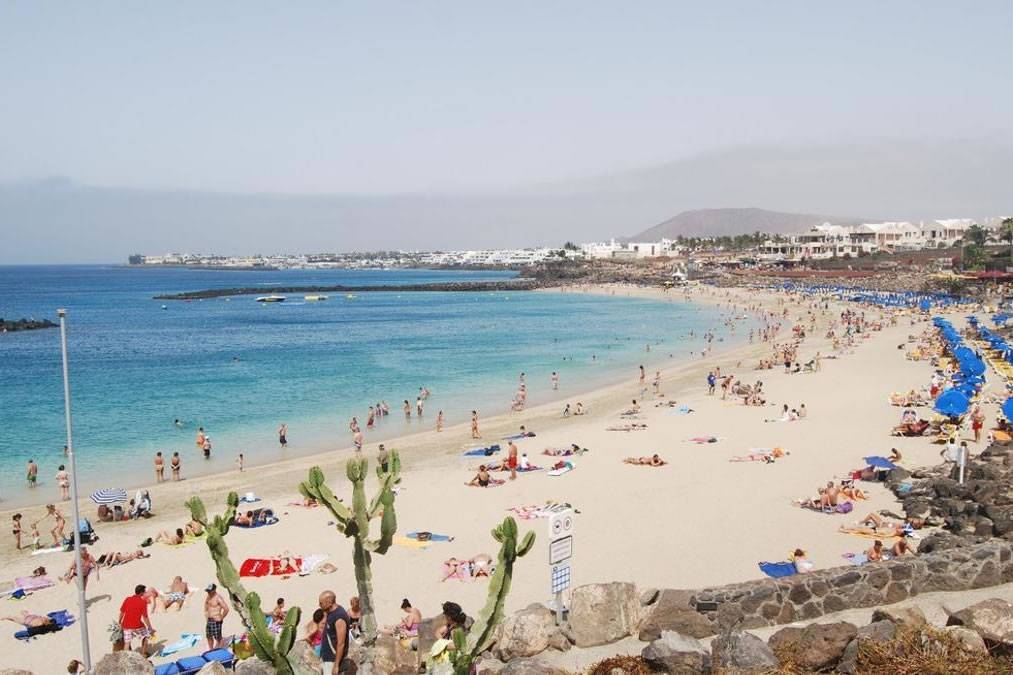December was the fourth hottest on record in the Canary Islands
- 08-01-2024
- National
- Canarian Weekly
- Photo Credit: Archive Image
The State Meteorological Agency (AEMET) has revealed that this past December ranked as the fourth warmest December month in the Canary Islands since 1961. With an average temperature of 17.2°C, representing a positive anomaly of 1.3 degrees, the month stood out for its unusually high temperatures.
Throughout December, the Canary Islands only experienced six days when temperatures were below the reference average, which was from the 17th to the 19th and from the 22nd to the 24th. The rest of the month recorded temperatures "significantly above the usual value," according to AEMET.
They also noted two significant temperature increases during the month, the first occurring between the 5th and 15th, followed by a less intense rise between the 26th and 31st.
The initial temperature surge from the 5th was attributed to the minimal difference in surface air pressure and the influx of warm air from Africa, resulting in clear skies and increased sunlight during the day.
From the 15th, trade winds set in, causing a temperature drop. This decrease persisted until Christmas Eve due to the approach of an Isolated High-Level Depression (DANA) from the east.
Subsequently, starting from December 25th, the Atlantic anticyclone (southwest of the Iberian Peninsula) and another influx of warm air from Africa led to a renewed increase in temperatures until the end of the month.
The average value of accumulated precipitation was 23.3 millimetres (mm), which is just 41% of the average expected. Pluviometrically, it was a dry month, ranking as the 18th driest since 1961, according to the 1991-2020 reference series.
Other articles that may interest you...
Trending
Most Read Articles

Featured Videos
A Vision of Elvis Tenerife Promo
- 10-05-2025
TEAs 2025 Highlights
- 17-11-2025

























































